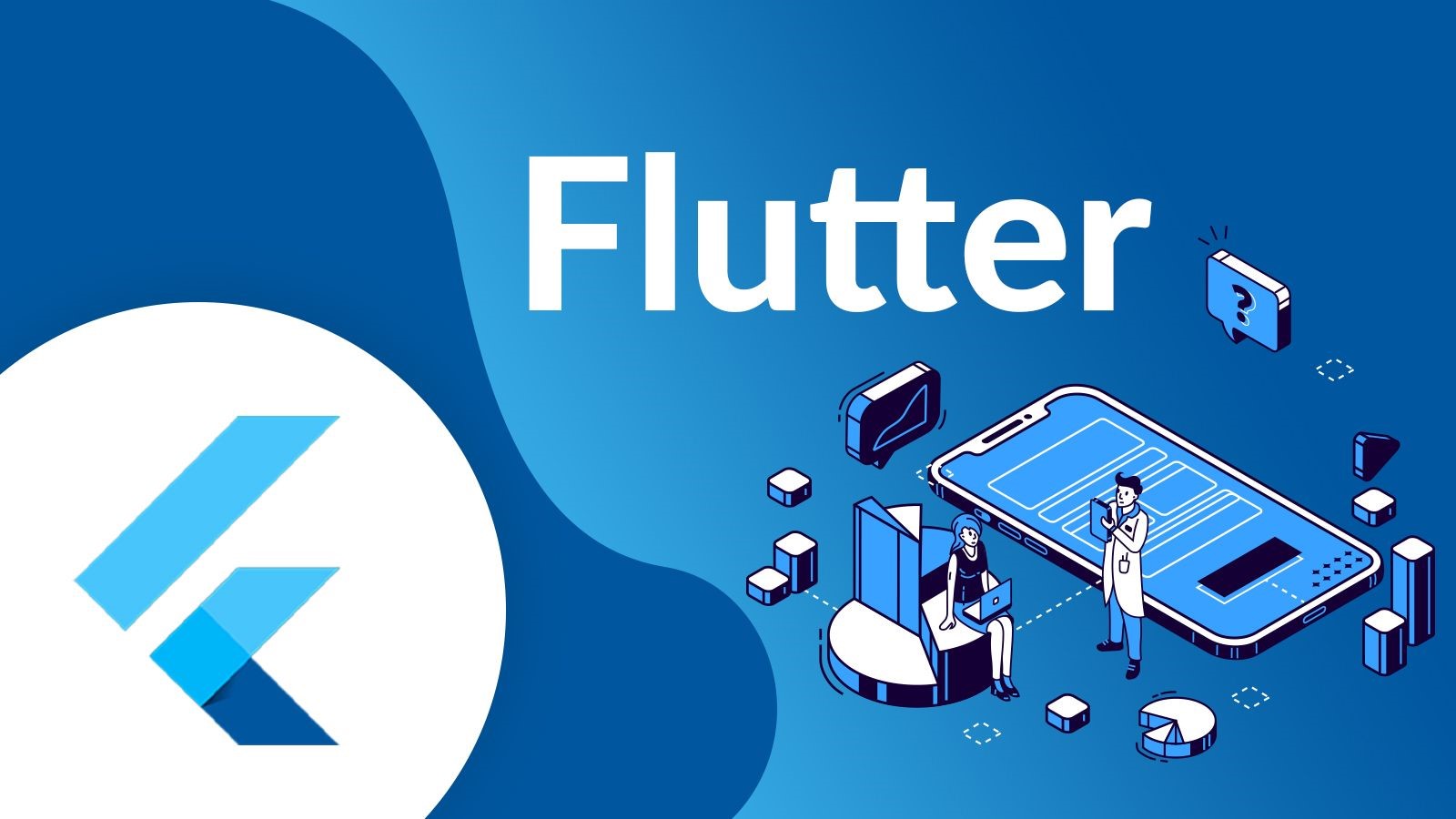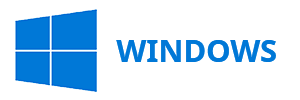
Flutterap blog
see posts about our believes
compile to native

Does flutter compile to native code ?
Flutter uses a unique approach to achieve high-performance and platform-specific behavior. It doesn't compile directly to native code like some other cross-platform frameworks.
The Flutter SDK does not run "inside" native apps; instead, it allows you to build native apps with a Flutter-based UI. When you create a Flutter app, you are developing a full native application, but the Flutter framework handles the user interface (UI) components and rendering.
How Flutter works on native platforms :
Flutter as a Framework: Flutter provides a comprehensive framework for building user interfaces and application logic using the Dart programming language. You write your app's code using Flutter widgets and APIs.
Flutter Engine: Under the hood, Flutter uses a C++ engine called the Flutter Engine, which is responsible for rendering the UI, handling user input, and interacting with native platform components.
Platform-Specific Integration: Flutter provides platform-specific integration libraries and plugins that allow your Flutter app to communicate with the native components of the underlying operating system. This enables you to access device-specific features and services.
AOT Compilation: While the Dart language is typically just-in-time (JIT) compiled, Flutter allows you to compile your Dart code to native machine code using Ahead-of-Time (AOT) compilation. This compiled code is included in your app bundle.
Native App Shell: When you build a Flutter app for iOS or Android, it includes a native app shell. This shell is a minimal native application that loads the Flutter engine and your compiled Dart code. The Flutter engine then handles the rendering and interaction, while the native app shell provides the platform-specific infrastructure.
Ability to access native features in Flutter
So, your Flutter app is, in fact, a native app that leverages the Flutter framework for its user interface and logic. The Flutter framework ensures that your app's UI looks and feels native on both iOS and Android while allowing you to maintain a single codebase for cross-platform development. This approach provides performance benefits and allows you to access native features when needed.
What does the Flutter output code include ?
The output code from Flutter is a combination of native and Flutter-specific components. It's not entirely native in the traditional sense, but it includes both native and Flutter-specific elements to create a fully functional native app. Here's a breakdown of what's included:
1. Native Components:
- Flutter apps have a native app shell for each platform (iOS and Android) that includes essential platform-specific code.
- Flutter uses platform-specific plugins and libraries to interact with native features and services, such as camera access, geolocation, and more. These plugins are written in platform-specific languages (e.g., Swift/Objective-C for iOS and Java/Kotlin for Android) and allow your Flutter app to communicate with native code.
2. Flutter-Specific Components:
- The majority of your app's code is written in Dart using the Flutter framework. This code includes the app's UI, logic, and layout.
- The Flutter framework has its rendering engine, called the Flutter Engine, which is written in C++. This engine is responsible for rendering the Flutter UI and handling user input.
- When you compile your Dart code using Ahead-of-Time (AOT) compilation, it generates native machine code for execution. This compiled code is bundled with your app.
3. Integration:
- Flutter apps integrate both native and Flutter-specific components seamlessly. The Flutter Engine handles the rendering and interaction, while native components provide platform-specific functionality.
the output code from Flutter apps is a combination of native code and Flutter-specific code. The Flutter-specific code is written in Dart and includes UI components, business logic, and layout, while the native code includes the app shell, platform-specific plugins, and the Flutter Engine. This combination allows Flutter apps to provide a native look and feel while maintaining cross-platform development advantages.
Performance of different platforms compared to each other in Flutter :
Flutter aims to provide a consistent and high-performance experience across different platforms (e.g., iOS and Android). However, there can be differences in performance between platforms, and these differences may be influenced by several factors:
1. Platform-Specific Optimizations: Native development platforms (iOS and Android) have platform-specific optimizations and APIs that can provide certain performance benefits. For example, certain animations or graphics operations might perform better on one platform due to specific hardware or software features.
2. Plugin Quality: The performance of Flutter apps can be affected by the quality and optimization of third-party plugins used to access platform-specific features. Some plugins may be better optimized on one platform compared to the other.
3. Device Variability: The performance of Flutter apps can vary across different devices running the same platform. Newer and more powerful devices might offer better performance compared to older or lower-end devices.
4. Flutter Engine Updates: Performance improvements and optimizations in the Flutter framework can influence the performance of Flutter apps. Updates to the Flutter Engine can address performance issues and enhance overall performance.
5. Rendering Pipeline: Flutter uses its rendering engine (the Flutter Engine), which is responsible for rendering UI and handling animations. While it is designed for high performance and consistency across platforms, there may be subtle differences in how it interacts with the underlying platform's graphics stack.
6. Development and Optimization: The developer's skill and experience in optimizing Flutter apps for both platforms can have a significant impact on performance. Profiling, code optimization, and adhering to best practices can help maintain consistent performance across platforms.
While Flutter aims to provide a consistent and high-performance experience across different platforms, there can be differences in performance due to various factors. Developers can optimize their Flutter apps to perform well on both iOS and Android, and updates to the Flutter framework can address performance issues over time. Ultimately, the choice of using Flutter for cross-platform development should consider both the desired user experience and performance requirements on each target platform.
Flutter code performance compared to native code :
In many cases, Flutter can provide performance comparable to native apps. However, for highly specialized or resource-intensive applications, native development might offer some performance advantages. It's essential to consider the specific requirements and constraints of your project when deciding whether to use Flutter or native development. Performance testing and profiling can help identify and address any performance bottlenecks in your app.





